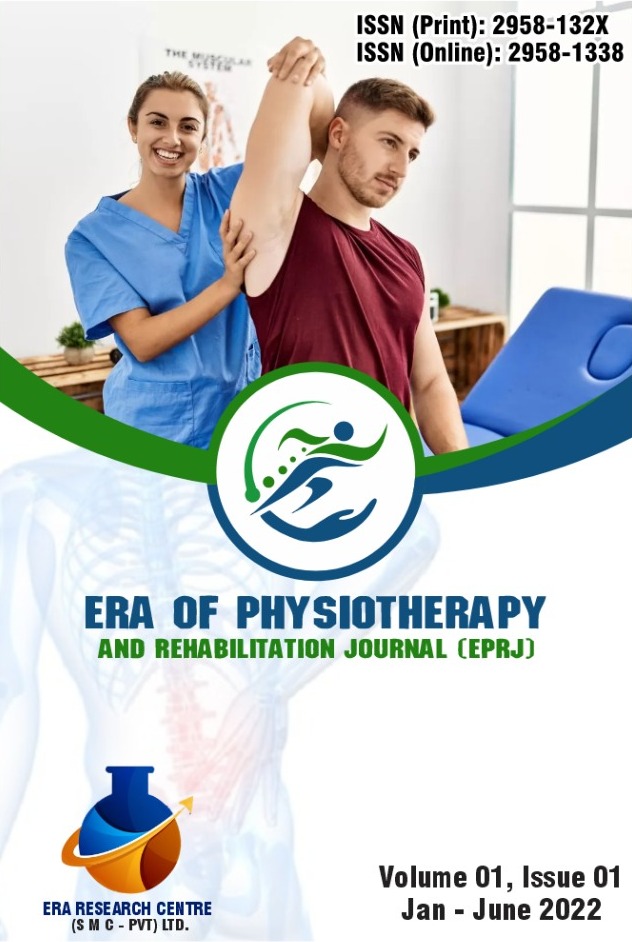Association between Premenstrual Syndrome and Quality of sleep among hostilities students
Premenstrual Syndrome and Quality of sleep
Abstract
Objective: The objective of this study was to assess the association between premenstrual syndrome and quality of sleep-in hostilities females in Lahore.
Study Design: Cross sectional study.
Setting: Data was gathered from a variety of university students residing in hostels.
Methodology: A cross-sectional study was conducted on 137 hostilities females using a non-probability convenient sampling technique. The data was obtained from university students residing in several Lahore hostels. Premenstrual Syndrome Scale was used to indicate PMS, and the Pittsburgh Sleep Quality Index (PSQI) questionnaire was used to check sleep quality. Chi Square test was used to assess the association between PMS and sleep quality.
Results: The mean age of study subjects was 22.31±1.684 years. The minimum age was 20 years and the maximum age was 25 years. 59(43.1%) hostilities females have mild symptoms, 20(14.6%) have moderate symptoms and 24(17.5%) have severe symptoms of premenstrual syndrome. In this study 72.9% female with premenstrual syndrome reveled poor sleep quality while this rate was 27.1% in participants without PMS reveled good sleep quality with the p-value is <0.001.
Conclusion: There is a significant association between premenstrual syndrome and quality of sleep. The quality of sleep can be improved by decreasing premenstrual symptoms of syndrome.
Key Words: Premenstrual syndrome, quality of sleep and PSQI, Poor Sleep, Sleep Problems



